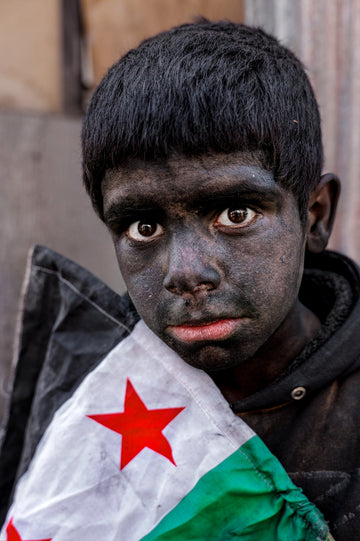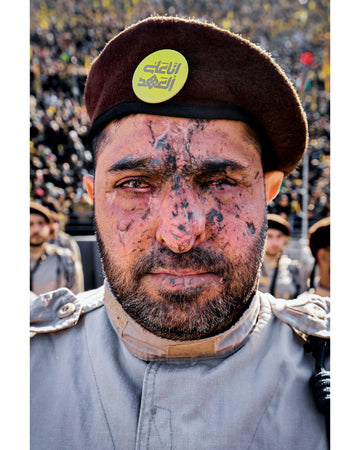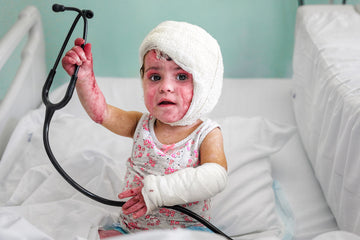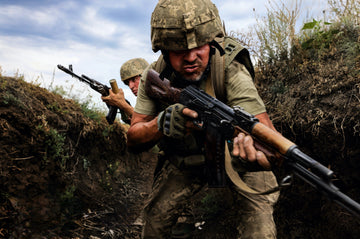I visited Syria in March of 2025 to see life after the regime change. From south to north, the extent of the damage was overwhelming. Whole neighborhoods were still devastated, infrastructure was functioning minimally, and there were still millions struggling with life after. Although there were indications of recovery, the war’s deep wounds could not be overlooked.
















